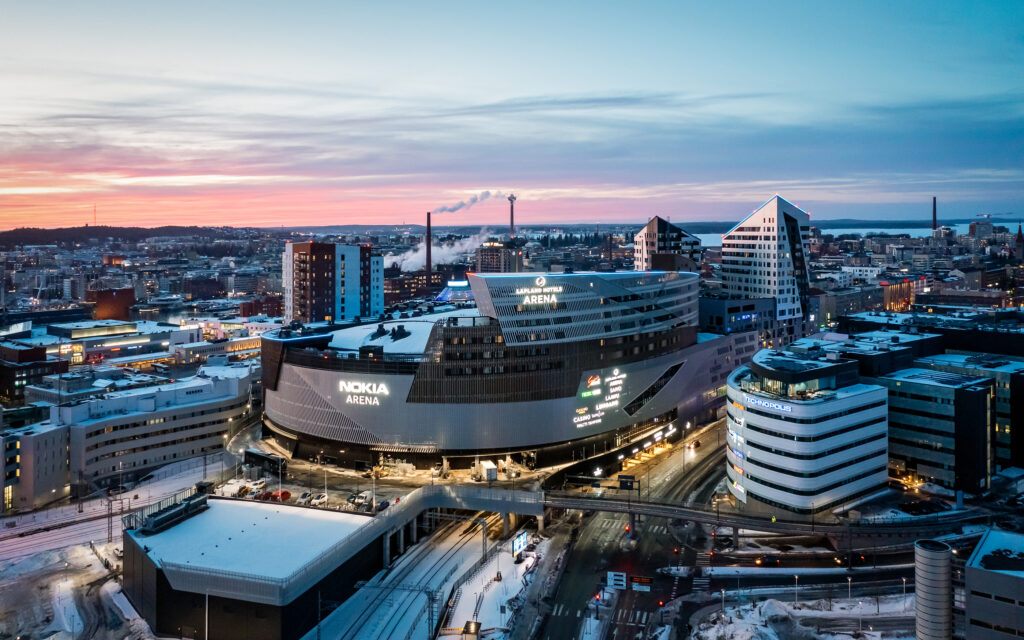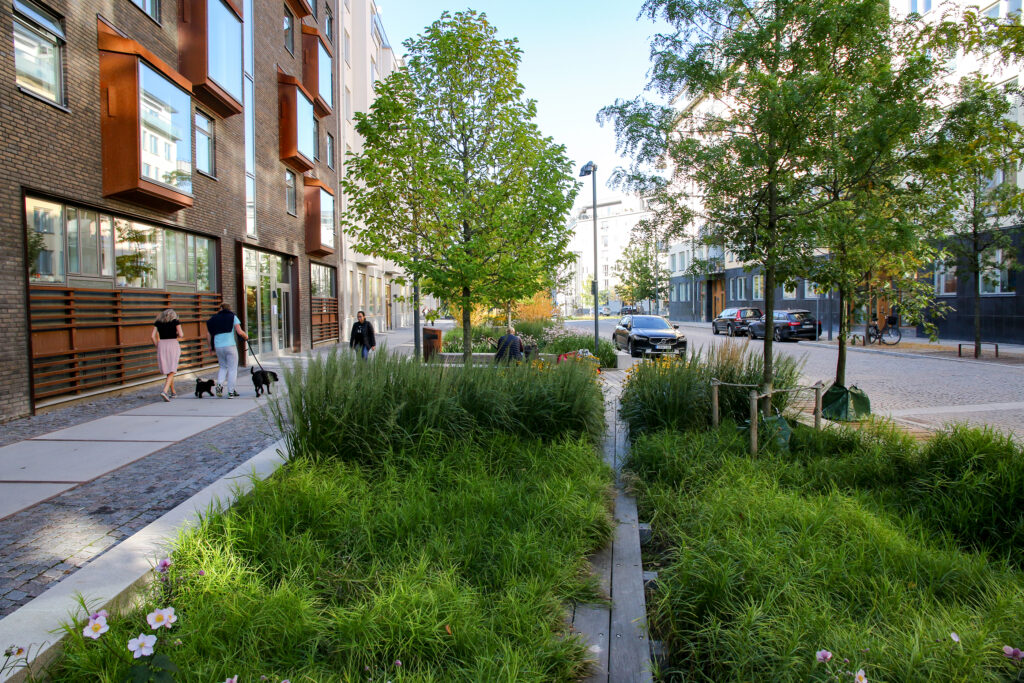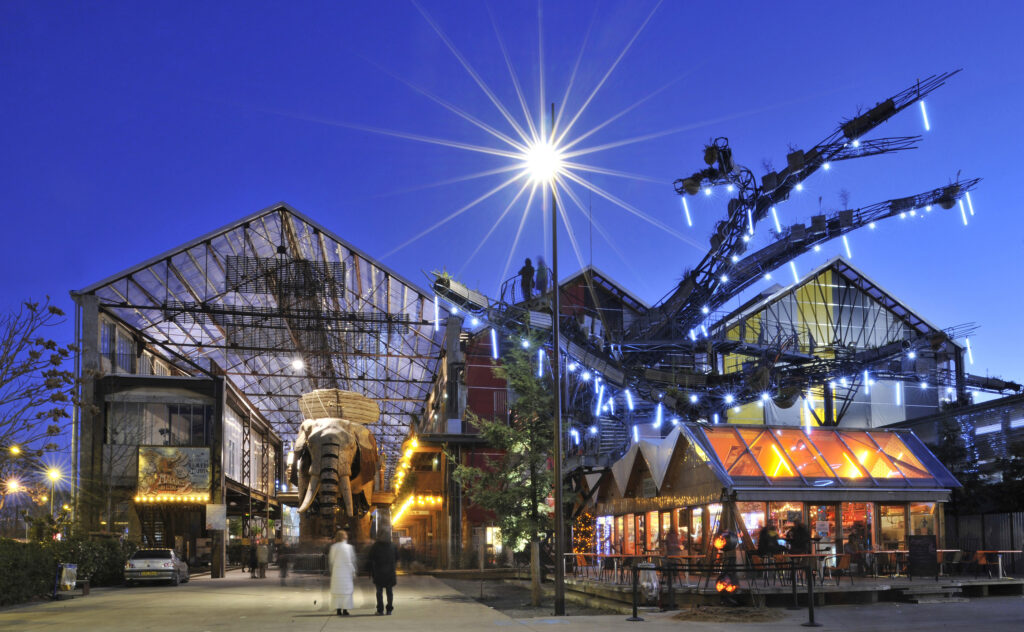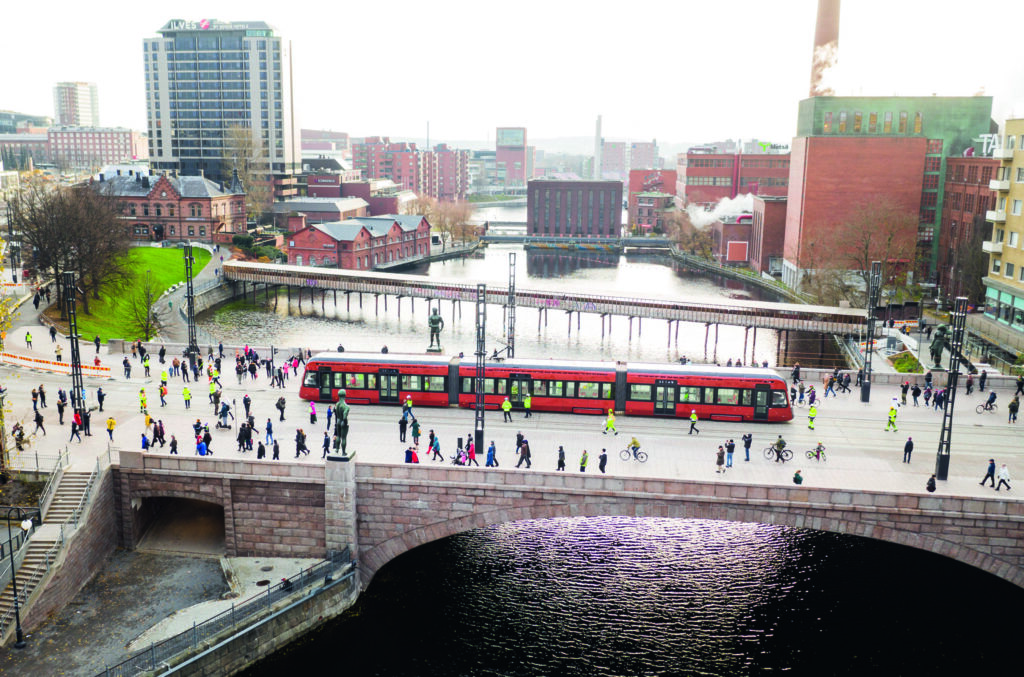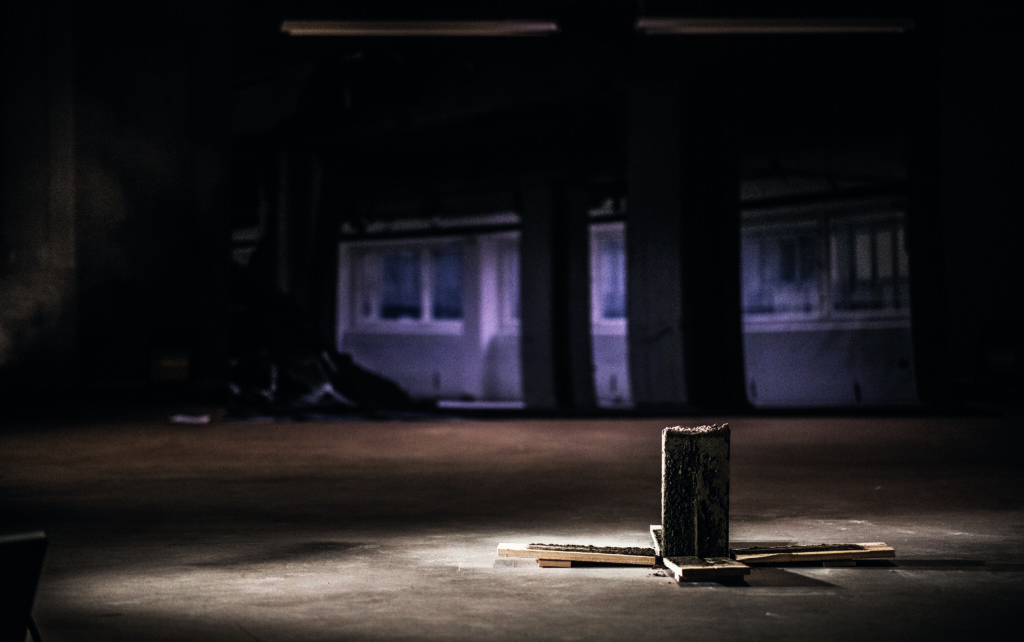People and Urban Development Take Centre Stage in the Berlin Rendition of Pekka Helin’s Work
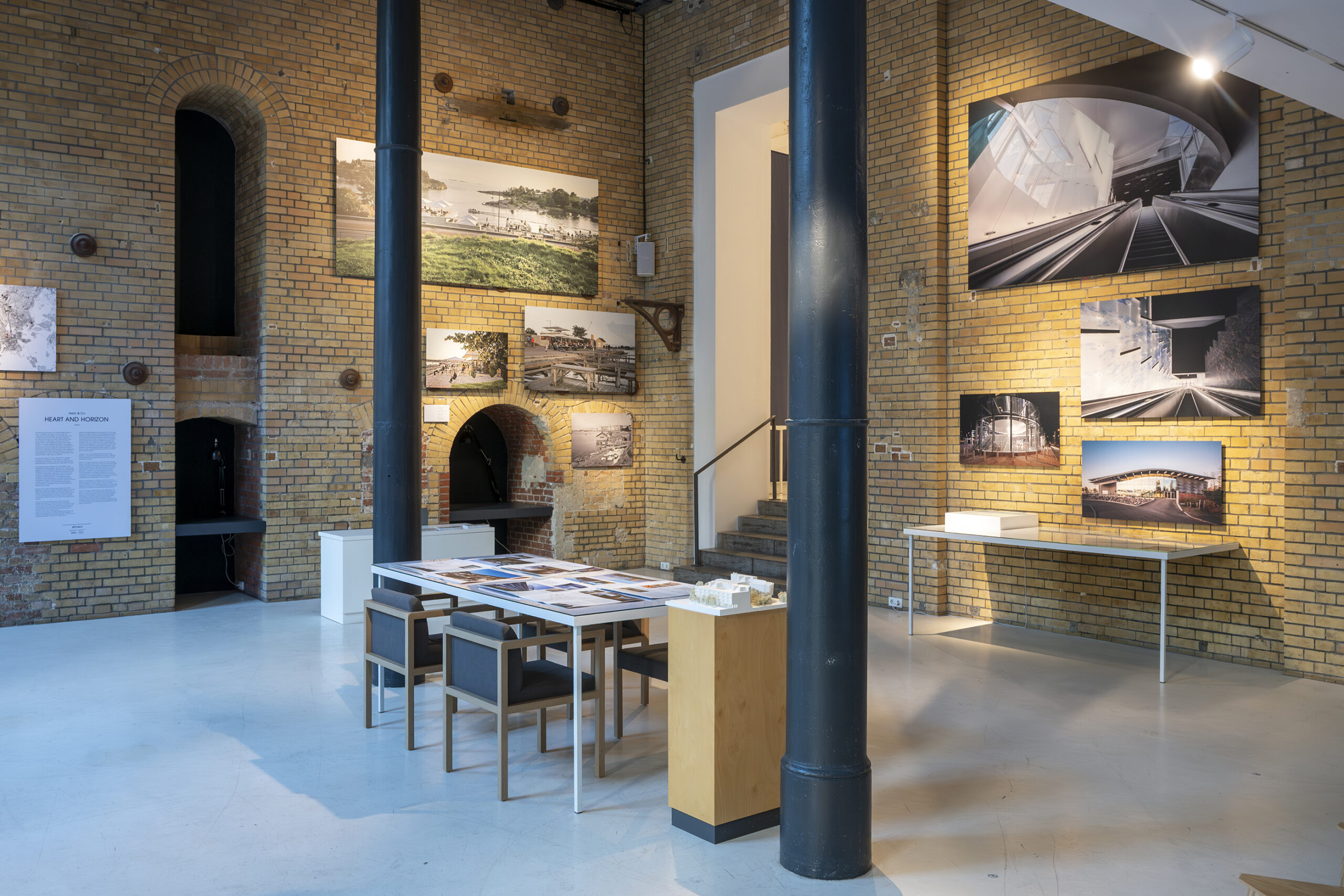
The Aedes Architecture Forum in Berlin shows a Finnish architect – at last.
Heart and Horizon
6.9.–15.10.2025
Aedes, Christinenstr. 18–19, Berlin
Berlin in general and the Aedes gallery in particular pride themselves on being international and open-minded, architecturally. It is puzzling, therefore, that Finnish architects have been completely absent from both Berlin’s discourse and the action for decades now. Pekka Helin finally breaks the ice, long overdue, with a monographic exhibition at Berlin’s popular Pfefferberg (former) brewery.
It was young local curator Julia Schlütsmeier-Hage who thoughtfully put together the show, entitled Heart and Horizon – the title stands for Helin’s oeuvre in Helsinki that spans from the deep underground metro station in Koivusaari to the tall towers of Redi in Kalasatama, Helsinki.
The German audience is – pleasantly – stunned to find that renowned architectural offices are designing major commercial centres in Helsinki, whereas many local architects in Berlin would think that designing malls and office towers would not be “artsy” enough. But, needless to say, high-quality everyday buildings matter more than Guggenheim museums in the lives of city dwellers and their visitors.
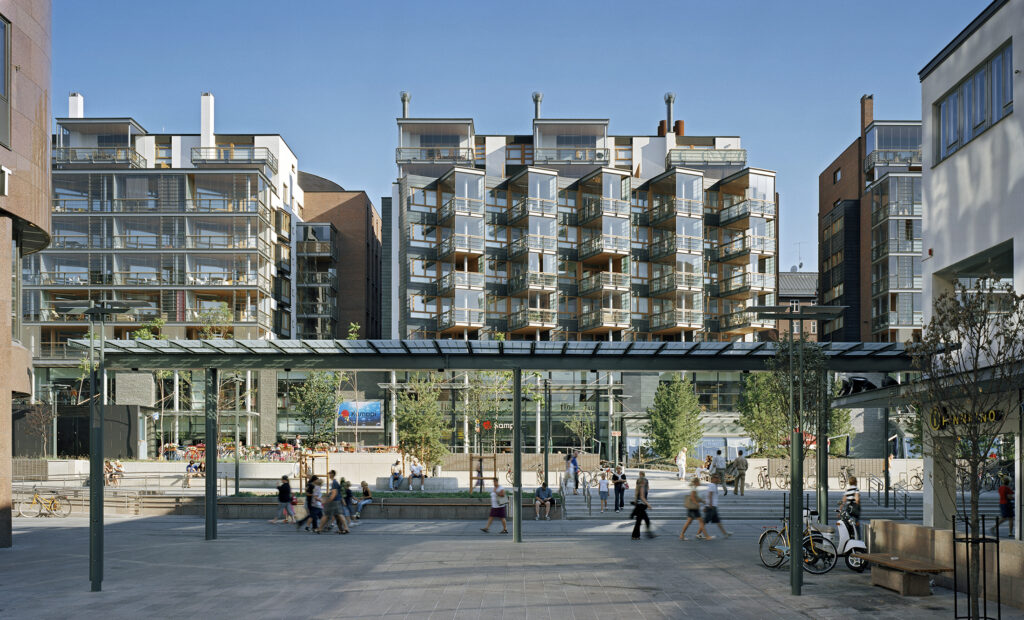
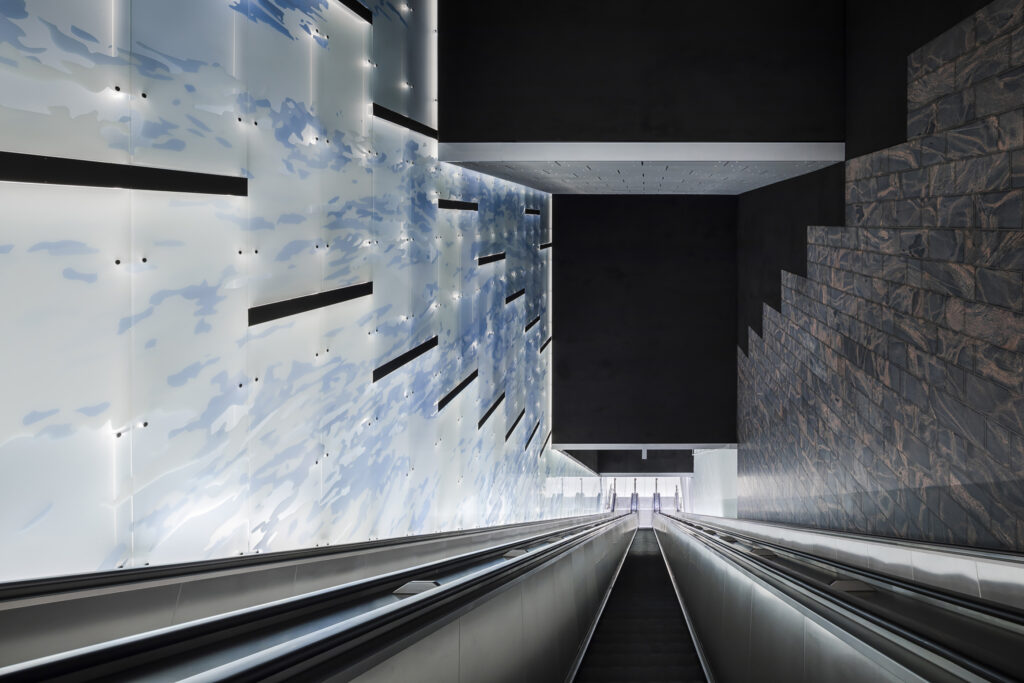
In the exhibition catalogue, Helin argues that the shopping centre Redi, with eight planned towers on top, is “a statement against land consumption” and shows “that urban density, ecological materials and a high quality of life can be combined well”. In addition, they demonstrate how a new type of “urban density can work in an attractive location”, such as the new neighbourhood of Kalasatama.
Helin also reads another interpretation into the words “heart”, denoting the “human scale”, and “horizon”, referring to the “urban space on the waterfront”. He claims that his designs are “context-sensitive and resource efficient” – and visitors are tempted to believe it.
Not only is Helin a pioneer in the Nordic countries when it comes to the use of wood as a load-bearing material, but he has also paved the way by designing the first double-skin facade in the region and many “emotional” work environments with carefully detailed wooden partitions and furniture.
Helin claims that his designs are “context-sensitive and resource efficient” – and visitors are tempted to believe it.
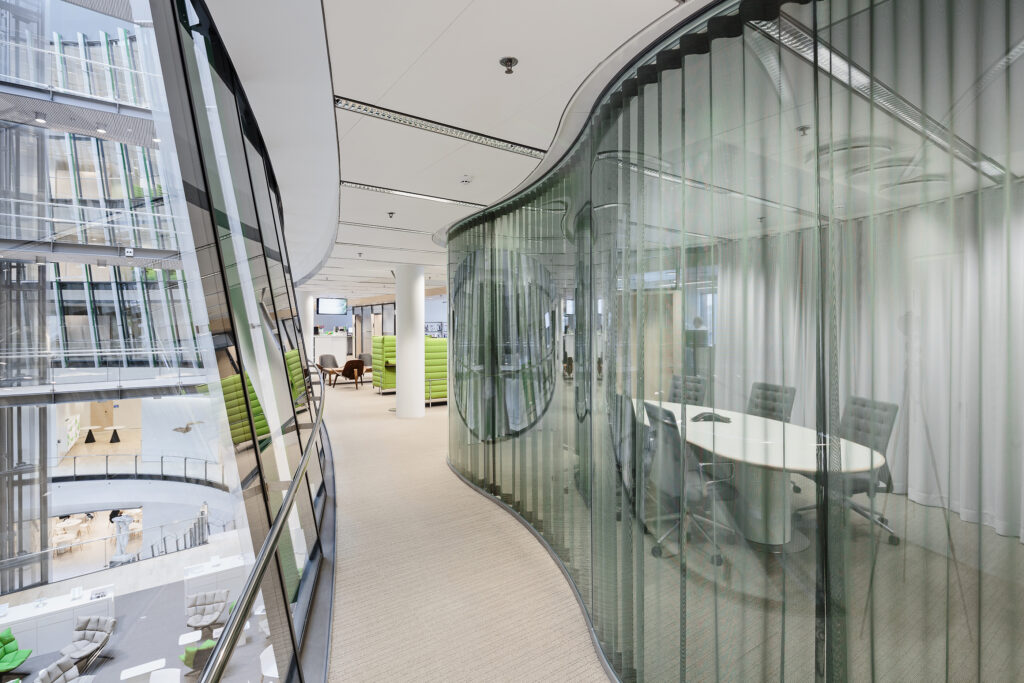
The Berlin show puts its emphasis on the “urban condensations”, as Helin calls the shopping centres of Kamppi in Helsinki, Sello in Espoo, and Redi. He does not “want to be the best”, he argues, but to master combining functionality, urban vibrancy and (archi-)tectonic precision.
The scale of Helin’s works range from large master plans to the beautiful door handle of the Little Parliament building in Helsinki that was brought to Berlin and is gazed upon by the audience like a precious Moore sculpture.
The German notion of the Gesamtkunstwerk seems to be alive and well in Helsinki and Helin’s work: a book table invites visitors to relax on chairs designed by the architect.
Pioneering reuse of Postipuiston Tähti, an office building turned into housing by Marja-Riitta Norri, Helin & Co’s close collaborator, is also on display, while new drone footage of Helsinki reveals the “interweaving of living, work and culture” in the “transit-oriented developments” (TODs).
The halls at Aedes are too small to even include Helin’s handsome villas in the countryside and archipelago, his international commissions or his early work – visitors at Aedes in Berlin leave the gallery thinking that there would be more to see and discuss in (at least) one more such show.
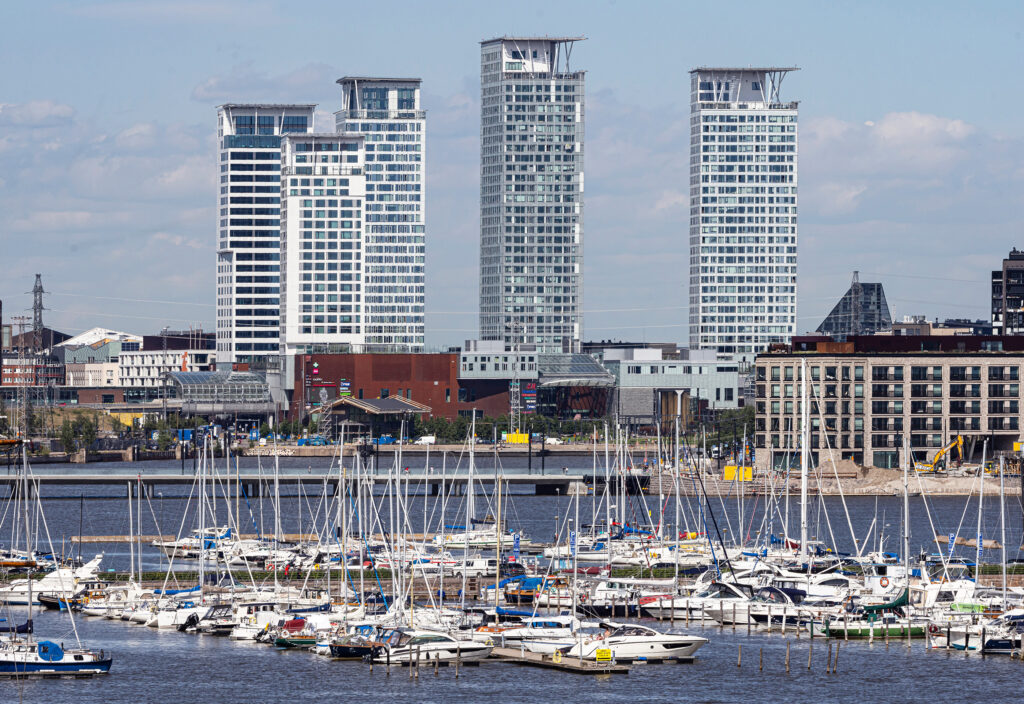
Helin does not want to be part of a ”second modern movement”, he told the author at the exhibition opening, because “after Modernism everything changed: from living and work conditions and public and private services to culture, industrialization and design methods”.
“Our era is dominated by ecological development and the relationship between threatened nature and expanding artefacts – such as cities, manufacturing or ITC and their consequences to our way of life and architecture”.
For Helin “form-giving is neither key to good architecture nor epoch-defining”, because “all kinds of form are now possible by using AI. Aesthetics are not the key either, but content and context – deep emotions generated by architecture”.
And who would wish to disagree?
ULF MEYER is an architectural writer, critic and educator based in Berlin, specialising in East-Asia and Northern Europe, especially Finland. He is the author of Helsinki Architectural Guide.
